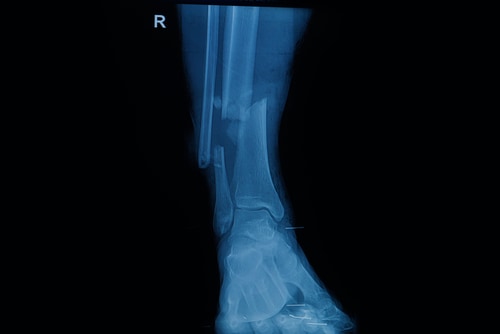Takeaway
- This study of the Amsterdam Wrist Rules (AWR) found that they can be effectively deployed in an emergency department (ED).
- The rules cut unnecessary X-rays.
- It is better avoided in intoxicated patients.
Why this matters
- Up to 75% of wrist injuries evaluated with X-ray do not reveal a fracture.
- Guidelines on when to X-ray are lacking.
- Based on age, sex, and a number of examination features, the AWR calculates the probability of a distal radius fracture and recommends for or against X-ray.
- It is 98% sensitive in adults and has been externally validated.
- It is available via app.
Key results
- After AWR implementation:
- Physicians used it 36% of the time.
- X-ray use fell by 15% (99% vs 84%; P<.001).
- Sensitivity for clinically relevant fracture: 100%.
- 1 clinically irrelevant fracture in an intoxicated patient went undetected until later follow-up.
- Nonfracture patients without vs with X-rays had ED lengths of stay 34 minutes shorter (P=.015).
Study design
- 4-ED before-and-after comparative prospective cohort study (N=402).
- Participants included all consecutive adults presenting to the ED with acute wrist trauma.
- Authors compared number of wrist radiographs before vs after AWR implementation.
- Funding: Netherlands Organisation for Health Research and Development.
Limitations
- Nonrandomised.
References
References



